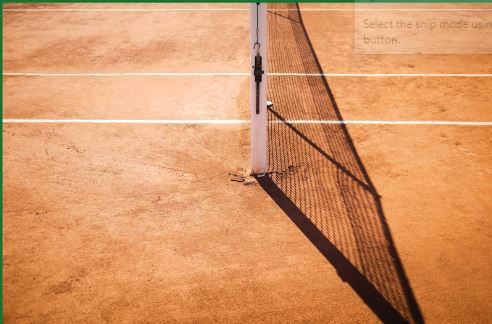
The French Open, also known as the Roland Garros, is the second of four yearly tennis Grand Slam tournaments. These four competitions are the most important in the entire calendar, firstly because of the sheer history and tradition associated with these tournaments, and secondly because of the points allocated to players for their respective rankings.
This competition was established in 1891 and has been part of the Grand Slam circuit since 1925. Of the four Grand Slam tournaments, the French Open is the only one taking place on its original surface.
It is one of the most physically demanding tennis tournaments in the world due to the characteristics of the court’s surface, the orange-colored clay. Players must prepare for the French Open in advance, as it favors athletes with better footwork and stamina.
When and where is the French Open
Roland Garros is played around late May, marking the end of the clay season. It is held in Paris, at the Stade Roland Garros, a compound with several tennis courts. The biggest one is the Court Phillipe Chartrier, where the most important games, including the finals, are held.
The tournament is played in clay, a surface of red brick dust, white limestone, and gravel. This surface is known to slow down the tennis ball while giving it a higher bounce. These characteristics impact the match significantly since players who rely on a strong serve and shots, or serve-and-volleyers, see their playstyle hindered by these conditions.
A great example of this is Pete Sampras. Considered one of the best tennis players of all time and a master of the serve-and-volley playstyle, the American has never won in France, despite having fourteen Grand Slam wins.
Main Stages of the French Open
The French Open is played in a knock-out form, meaning players are eliminated until two remain for the final. But due to the significant number of players wanting to partake in the tournament, a qualifying stage takes place in the days before the main event.
The player's ranking is the primary deciding factor for entry both in the qualifications and main tournament. Of the 128 spots available, the top 104 ranked players are automatically admitted. The others must compete in the qualifications. Players are placed in groups, and those who win three matches in a row are qualified. The athletes that fail to qualify receive a wildcard, giving them a chance to compete in the main tournament.
The main tournament has seven rounds. The first, the round of 128, is played by everyone but the top 32 tennis players, who are seeded and thus may skip this round.
The female tree of the tournament has the same rounds as the male tree, whereas the doubles tournaments have one less round, starting at the round of 64.
Best Players
Out of all the players, male and female, one stands apart: Rafael Nadal. He has dominated the tournament for the better part of two decades. Others have stood out in the past, all with the same high footwork rate playstyle, like Björn Borg and Mats Wilander, both Swedish.
Chris Evert has the record for most title wins in the women's competition. The female French Open results have been some of the most surprising, actually, with different winners almost every year, although Iga Swiatek has dominated the post-Covid-19 editions of the Open.
Conclusion
If you like unpredictable and physically demanding tennis, Roland Garros is unmissable. It is the tournament in which new stars are born and some of the biggest upsets of the year take place.